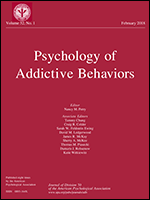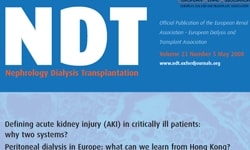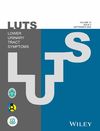
“Weight gain is an important side effect of most atypical antipsychotic drugs such as olanzapine. Moreover, although many animal models with metabolic side effects have been well defined, the interaction with other pathways has to be considered.
The endocannabinoid system and the CB1 receptor (CB1R) are among the most promising central and peripheral targets involved in weight and energy balance.
In this study we developed a rat model based 15-days treatment with olanzapine that shows weight gain and an alteration of the blood parameters involved in the regulation of energy balance and glucose metabolism. Consequently, we analysed whether, and by which mechanism, a co-treatment with the novel CB1R neutral antagonist NESS06SM, could attenuate the adverse metabolic effects of olanzapine compared to the reference CB1R inverse agonist rimonabant.
Our results showed alterations of the cannabinoid markers in the nucleus accumbens and of orexigenic/anorexigenic markers in the hypothalamus of female rats treated with olanzapine. These molecular modifications could explain the excessive food intake and the resulting weight gain. Moreover, we confirmed that a co-treatment with CB1R antagonist/inverse agonist compounds decreased food intake and weight increment and restored all blood parameters, without altering the positive effects of olanzapine on behaviour. Furthermore, rimonabant and NESS06SM restored the metabolic enzymes in the liver and fat tissue altered by olanzapine.
Therefore, CB1 receptor antagonist/inverse agonist compounds could be good candidate agents for the treatment of weight gain induced by olanzapine.”
https://www.ncbi.nlm.nih.gov/pubmed/28377074







 “Monoglyceride lipase (MGL) hydrolyzes monoglycerides (MGs) to glycerol and fatty acids. Among various MG species MGL also degrades 2-arachidonoylglycerol (2-AG), the most abundant endocannabinoid and potent activator of
“Monoglyceride lipase (MGL) hydrolyzes monoglycerides (MGs) to glycerol and fatty acids. Among various MG species MGL also degrades 2-arachidonoylglycerol (2-AG), the most abundant endocannabinoid and potent activator of 

